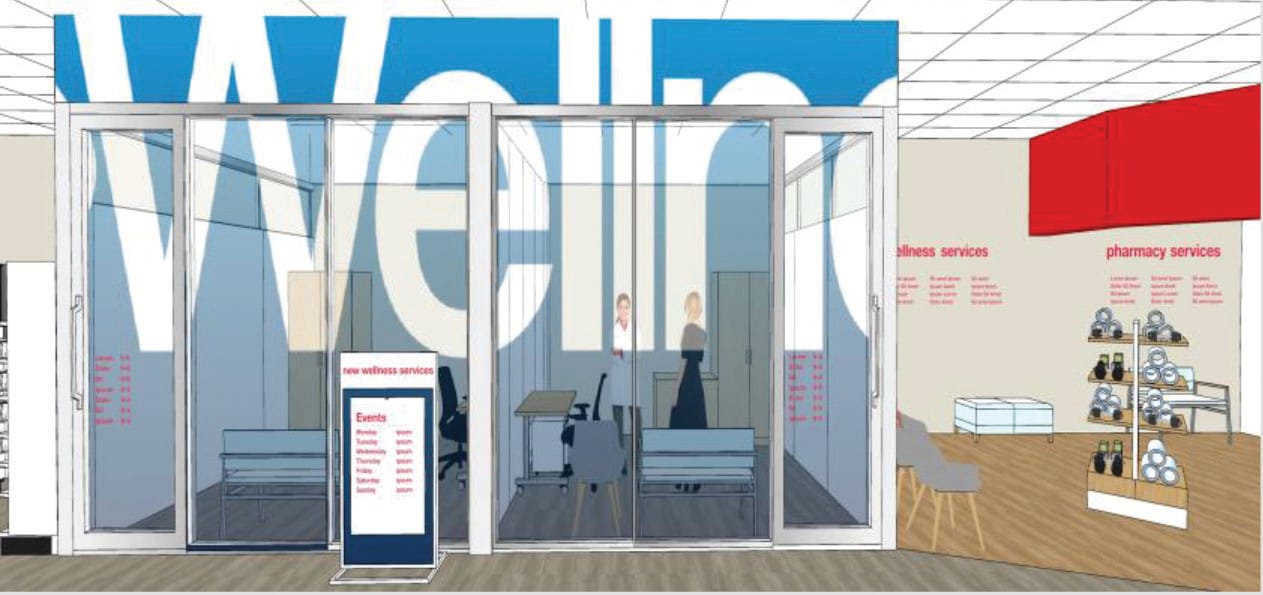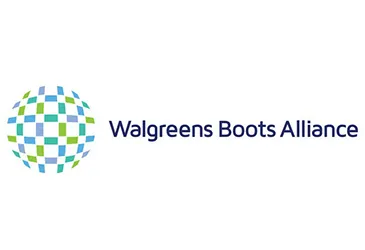
SAN FRANCISCO — During a presentation at the 37th Annual J.P. Morgan Healthcare Conference here, CVS Health chief executive officer Larry Merlo talked about the efforts that have already taken place to integrate Aetna into its business.
“While it’s only been six weeks, we are absolutely off and running,” Merlo said.
He also announced that the company will be opening the first of a series of concept stores in February in the Houston market as a testing ground for a consumer-centric retail engagement model that can target Aetna’s membership and focus on managing chronic illnesses, extending primary care and reducing avoidable hospital admissions.
The concept stores are part of a portfolio of products aimed at changing the health care experience by harnessing CVS’ reach among American consumers with Aetna’s data and background as one of the leading payers in the U.S.
That portfolio includes ideas such as harnessing the value of MinuteClinics to include more services such as health care screenings and in-store blood testing. It also includes such ventures as a pilot program that allows Aetna care managers to help schedule follow-up visits in MinuteClinics within 14 days of a patient’s discharge from the hospital if they are unable to see their primary care provider.
The company also plans to roll out what Merlo called “care concierge” services.
“We already engage with one in three Americans. We have become part of their normal everyday routines,” Merlo said. “This is critically important, because, as we think about this, we don’t have to build new routines. We simply have to build our programs and services into the existing routines that already exist.”
Merlo expanded in a Q&A session on his thoughts on virtual care and where it can provide access to CVS programs where brick-and-mortar retail clinics don’t make sense. He pointed to dermatology as specialty where CVS would be able to expand service offerings through telemedicine.
As to where the company sees routes to save on medical costs, he offered a few key priorities, including chronic disease management, readmission prevention, sites of care management and optimization of primary care.
Among the programs meant to fulfill these priorities are tighter integration in pharmacy and medical claims; reducing admissions by using retail community locations; providing home infusion services to drive lower-cost sites of care; early identification of frequent ER users; and expanding the scope of retail clinic services for early identification and management of chronic disease.
For complex chronic diseases the company is developing products to better manage chronic kidney disease, oncology and cardiovascular disease interventions.
One early experiment mentioned by Merlo includes using the company’s retail pharmacists to provide adherence support, counseling and outreach for high-risk Aetna members. The company is also launching a pilot allowing Aetna care managers to facilitate the scheduling of retail clinic follow-up visits for patients unable to see their provider.
Ultimately these programs will not be limited to Aetna members, but will function as a platform for other payer organizations and health plans, according to Merlo.
“If you look at the status of the marketplace today, the lines are blurring like never before,” Merlo said. “We can be competitors and at the same time we can be can business partners.”
Merlo added that he expects the integration with Aetna will begin resulting in financial benefits this quarter.
The company has said it expects to achieve $750 million in savings by 2020 and has already begun reducing corporate expenses in the integration of operations under a single leadership structure. CVS has also created a combined purchasing organization for stronger purchasing power and is aligning the drug formulary and plan design.
He said he expects medical cost savings to begin accruing by the end of 2019.
“Of the $2 trillion in annual U.S. spending on health care, a quarter is estimated to be preventable. That is what the integrated company will be targeting,” he said. “Addressing just 5% to 10% of this opportunity results in a savings opportunity that is in the tens of billions of dollars,” Merlo said. “If you apply this same methodology to the Aetna book of business, the opportunity still starts with a ‘B’ as in billion.”








